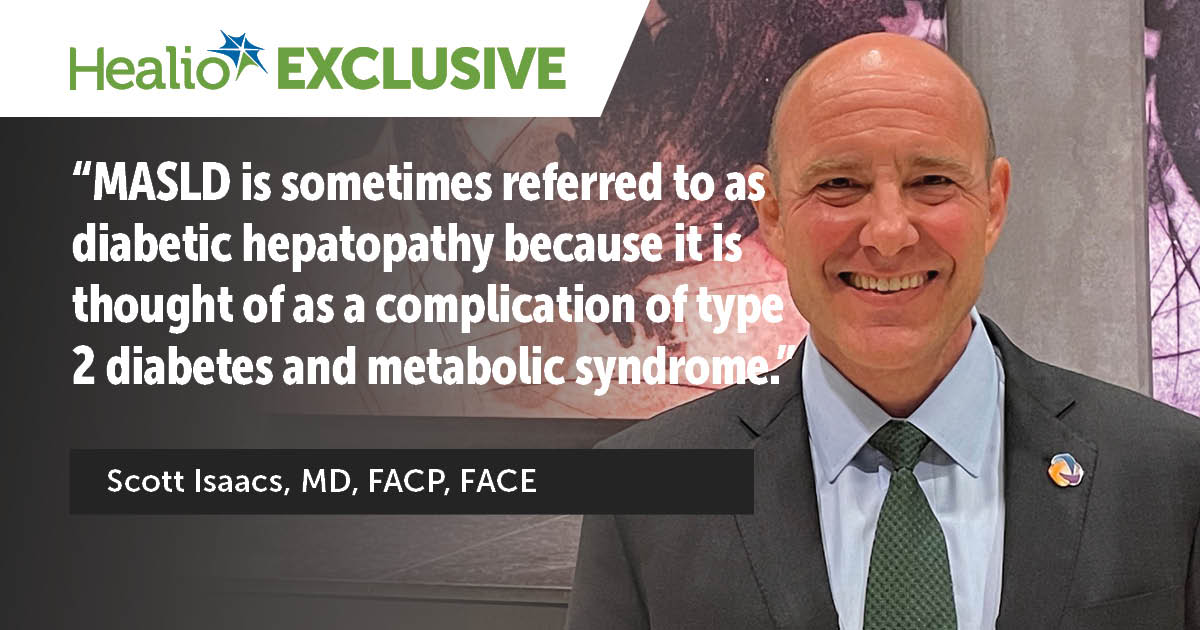MASH therapies still needed despite boom in GLP-1 use in liver disease
GLP-1 receptor agonist use in diabetes and obesity has soared, and indications are now expanding into liver diseases, specifically metabolic dysfunction-associated steatohepatitis. However, the jury is still out on its benefits.

Photo by Michael Monostra for Healio.
With the recent FDA approval of resmetirom (Rezdiffra, Madrigal Pharmaceuticals) for the treatment for MASH — formerly known as nonalcoholic steatohepatitis, or NASH — the question is how and whether GLP-1s will fit in the treatment of this disease.
In this month’s Healio Exclusive, two endocrinologists and two hepatologists provide their perspectives on the use of GLP-1s for the treatment of MASH, including the need for more data to better understand benefits, the inevitable use of these drugs in hepatology, the possibility of combining them with other MASH therapies and the push for lifestyle intervention before resorting to using GLP-1s or other therapies.
Rohit Loomba, MD, Arul Sanyal, MD, Rita Basu, MD, and Scott Isaacs, MD, FACP, FACE, provide insights into how the fields of hepatology and endocrinology are tackling the use of GLP-1s for the treatment of patients with MASH and/or obesity and type 2 diabetes. by Monica Stonehill and Jill Rollet
Read more on each of their perspectives below:
